The family grows. Canon EOS R7 e EOS R10 in fact, they expand an already extremely varied range, bringing with them a breath of fresh air. Yes because these are le prime mirrorless APS-C EOS R, designed to combine the advantages of EOS R technology with those offered by APS-C sensors. We therefore have cameras of small size but capable of offering high performance, suitable for both photography enthusiasts and content creators.
Canon EOS R7 and EOS R10: the common features
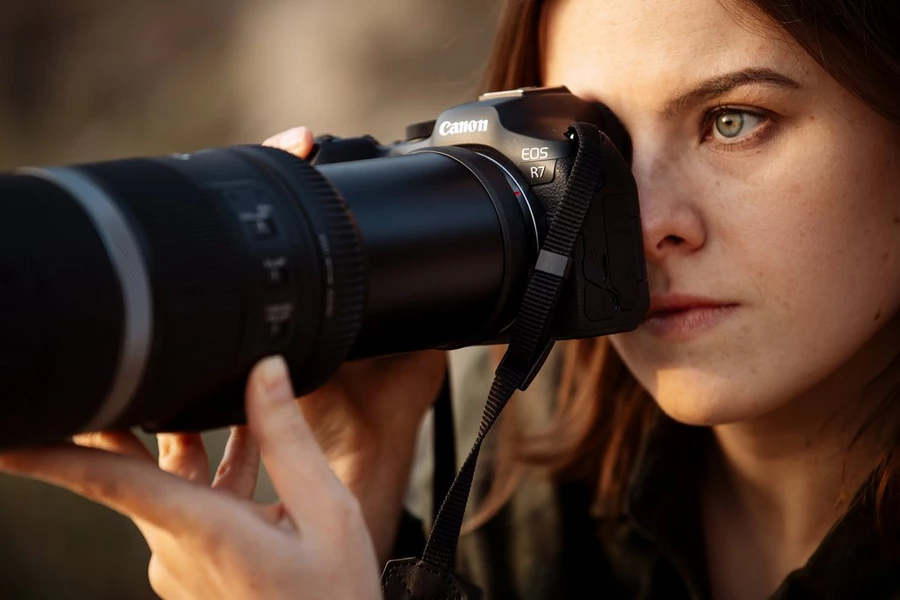 Canon EOS R7
Canon EOS R7
Canon EOS R7 and EOS R10 are born to satisfy different targets: the first is designed for the nature and sports photographythe second was designed for content creators and photographers on the go. However, this does not mean that they are totally different. They actually have several features in common, including support for two new RF-S lenses launched by Canon:
- RF-S 18-45mm F4.5-6.3 IS STM, an ultra-compact zoom lens,
- RF-S 18-150mm F3.5-6.3 IS STM, a more versatile lens with a high magnification ratio.
Both Canon EOS R7 and Canon EOS R10 can rely on the tecnologia Dual PIXEL CMOS AF II con deep learning, already present on the full frame of the same family. What is it for? Basically it allows il tracking of subjects, including vehicles, animals and people, with precise eye, head and face detection across the entire frame. With low-light autofocus down to -5 EV for the EOS R7 and -4 EV for the EOS R10 and the ability to focus even at an aperture of f / 22, the two newcomers help you. to easily follow birds in flight and athletes in motion, regardless of shooting conditions.
Both chambers then integrate il Touch and Drag AFwhile EOS R7 it will be the first camera in the EOS R system to combine control ring and multi-controller AF. This gives the user the ability to quickly set the AF point and use the playback functions with a flick of the thumb or turn the dial.
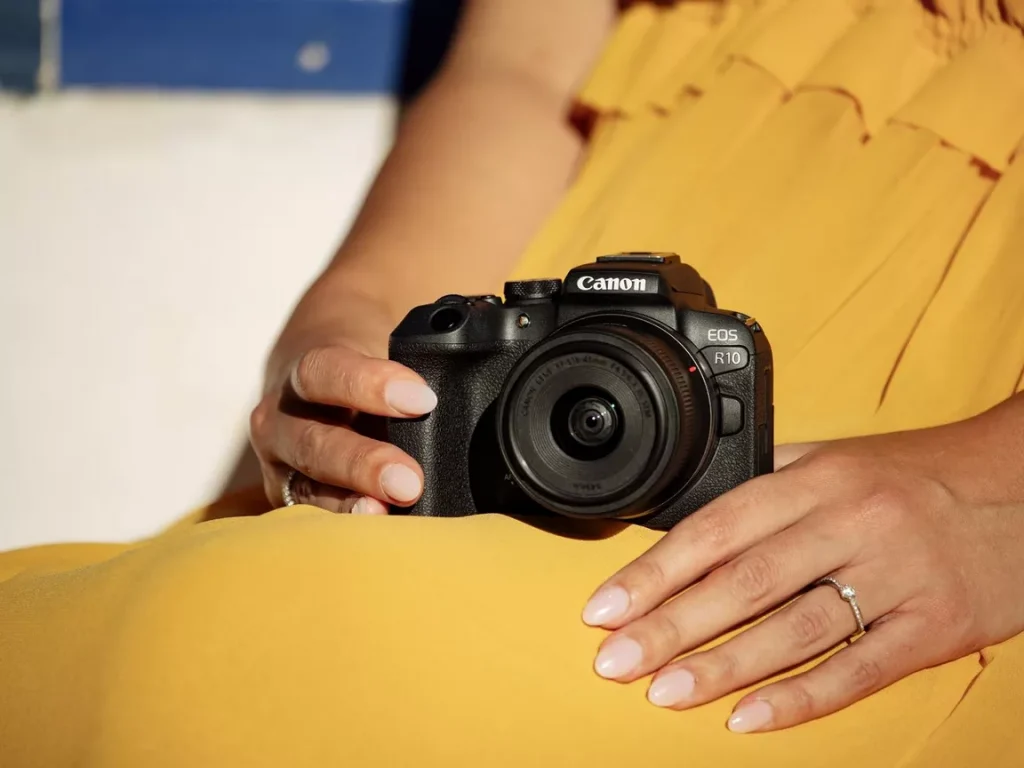 Canon EOS R10
Canon EOS R10
As for the shutter speed we arrive at 15 fps with mechanical shutter and 30 fps with electronic shuttercon the DIGIC X processor latest generation that is able to quickly process images.
In addition then we find 30 fps RAW Burst mode, which allows you to work with images captured during continuous shooting in the form of a video file, making it easier to select frames. You can also activate the Pre-shooting modewhich starts shooting 0.5 seconds before the shutter is pressed.
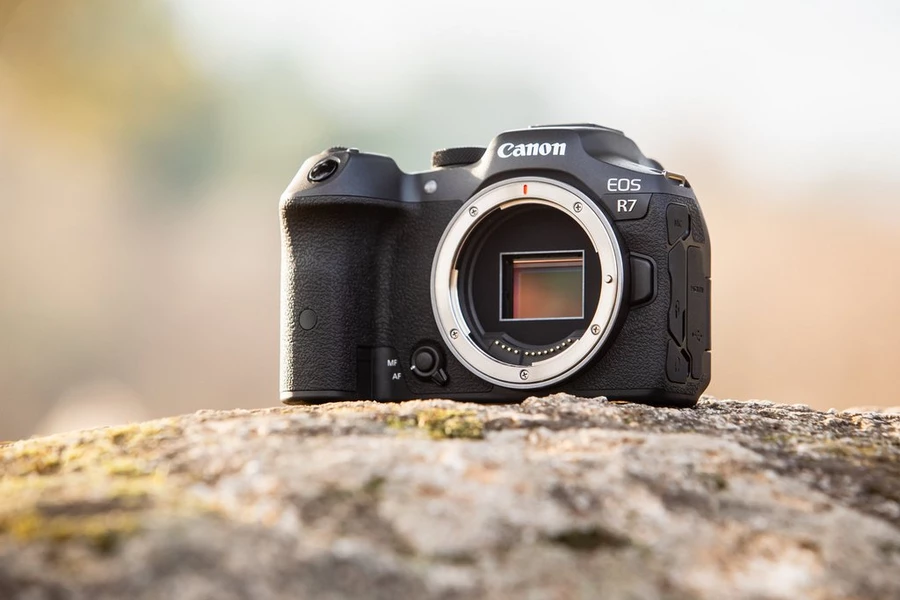 Canon EOS R7
Canon EOS R7
Both models can also count on Dual Pixel RAW mode, HEIF, Compact RAW and HDR which, together, ensure greater freedom in post-production and a better rendering of tones, while Digital Lens Optimizer optimizes JPEGscorrecting for aberrations without compromising shooting performance.
On the video front, both EOS R7 and EOS R10 allow you to realize 4K movies at 60 fps or 30 fps, oversampled from 7K and 6K formats to ensure the best possible image quality. The user can also take advantage of Internal HDR PQ or HDMI mode, avvalarsi del Canon Log 3 and Cinema Gamut e record video vertically to be used directly on social networks.
Also worth mentioning the 2.36 million dot electronic viewfinder and OVF assisted vision, which will be particularly familiar to those who use a reflex camera.
Customizable dials and variable angle LCD screen allow for ease of use, while integrated focus bracketing and depth composition transform these cameras into powerful creative tools.
We conclude with connectivity, with support for Wi-Fi, Bluetooth and charging via USB-C connector.
And the differences?
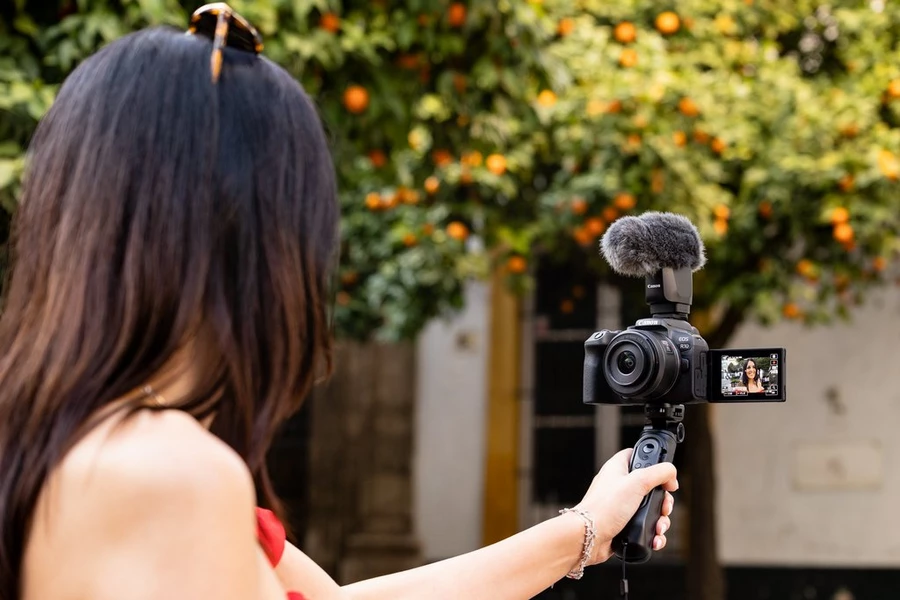 Canon EOS R10
Canon EOS R10
Of course Canon EOS R7 and EOS R10 are not the same, neither by vocation nor from a technical point of view.
First of all they have different weights and sizes, with the EOS R10 which is more compact and above all lighter; the older sister in fact weighs 612 grams while the R10 stops at 429 grams.
The sensor is also different. We have 24.2 megapixels on the R10 and 32.5 megapixels on the R7R7 which can count on a viewfinder with a high magnification ratio of 1.15x, on theIn-Body Image Stabilizeron the dual UHS-III card slot and the ability to enable immediate backup, separate photo and video storage or recording in different formats on each card.
For its part, however, the EOS R10, with integrated flash, proves to be an excellent tool for shooting in different types of environments, even in poorly lit ones.
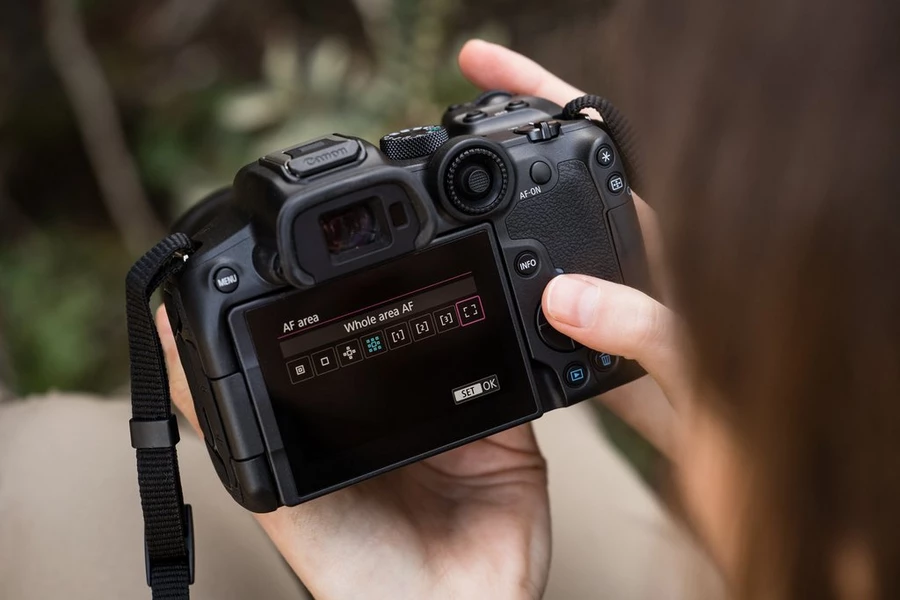 Canon EOS R7
Canon EOS R7
However, this does not mean that the Canon EOS R7 is less suitable for those involved in video shooting. In fact, this camera also includes the 4K 60 fps crop mode and ensures an excellent degree of stabilization by combining the Integrated Image Stabilizer (IBIS) with the Optical Stabilizer and Movie Digital IS function.
At this point you are wondering how the Canon EOS R7 and EOS R10 perform in the field?
To find out, we let our editorial photographer try them out, who shared his first impressions with us.
The obvious advantage is given by the compact size and low weight. This allows newcomers not to burden the photographers’ bag without making sacrifices in terms of image quality. The only perplexity, at least after this first test, concerns the keys, which are rather small with the risk of pressing several with a single touch, at least if you have medium / large hands.
The objectives have also left us some doubts. Or at least, the lens release system which, immediately after switching on, asks you to rotate the lens into the shooting position. The noise we heard made us worry a little but then, in practice, the build quality seemed excellent. Keep in mind that those finished in our hands were pre-production samples, so a little something could change in July, with the arrival of products dedicated to marketing.
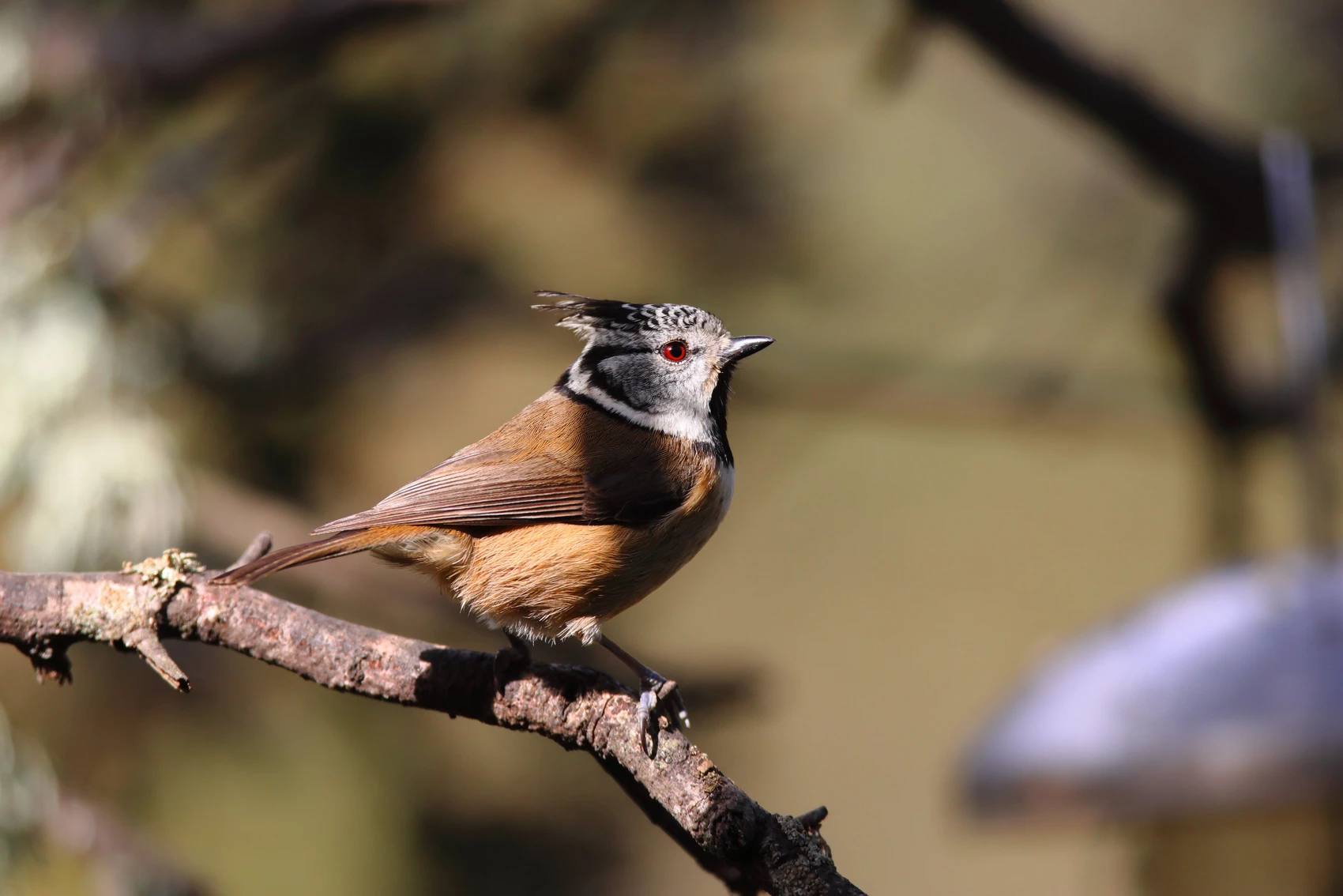
APS-C sensors, 24.2 and 32.5MP, do an excellent job, performance is excellent and the two rooms give a good versatility in the video field, with the R7 also offering slow motion at 1080p and 125 fps. The final effect is really interesting, with files that are not overly large and easy to work with.
After a couple of hours in their company, the Canon EOS R7 and EOS R10 seemed to us two excellent allies, especially for those who want a compact and extremely efficient camera. This is the case for content creators but also for professional photographers who want to combine their main camera with a second camera that can be easy to use and transport.
Canon EOS R7 e EOS R10: i prezzi
But how much do your new Canon hybrid cameras cost?
Canon EOS R10 will arrive in July at the suggested price of € 1,029.99 for the camera body only, that divano € 1,439.99 by adding the new 18-150 mm lens and € 1,149.99 for the bundle with the RF-S 18-45 mm.
Canon EOS R7 will be sold to 1.569,99 € (body only) or coupled with the 18.-150 mm lens for € 1,979.99.
Yes, but what are the two new goals like?
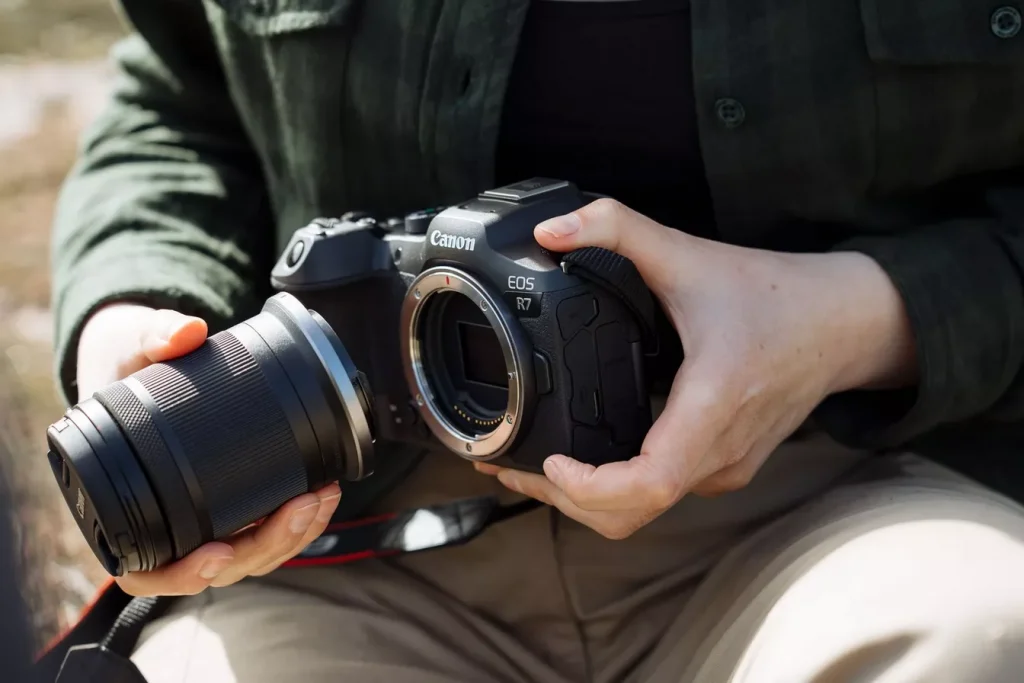 Canon EOS R7 with lens RF-S 18-150mm F3.5-6.3 IS STM
Canon EOS R7 with lens RF-S 18-150mm F3.5-6.3 IS STM
You’re right, we haven’t told you anything yet.
RF-S 18-45mm F4.5-6.3 IS STM aims for versatility, thanks to a compact design and the retraction mechanism of the lens that makes it perfect for transport. To characterize it we find the function that allows you to avoid manual focusing with a linear STM motor, for automatic, fluid and silent focusing.
RF-S 18-150mm F3.5-6.3 IS STM is a powerful zoom with a wide focal range, from wide-angle to telephoto, and capable of a maximum magnification of 0.59x in MF mode, ideal for macro photography in everyday life.
Naturally both are designed to work in perfect synergy with both the EOS R7 In Body Image Stabilizer (IBIS) and the EOS R10 Movie Digital IS, which, together with the Dynamic IS and the optical stabilizer, allows you to reach up to 7 stops of IS with RF-S 18-150mm F3.5-6.3 IS STM and 6.5 stops in RF-S 18-45mm F4.5-6.3 IS STM.
Prices? RF-S 18-45mm F4.5-6.3 IS STM will be on sale at the price of 369,99 € while for RF-S 18-150mm F3.5-6.3 IS STM we go up to 599,99 €.






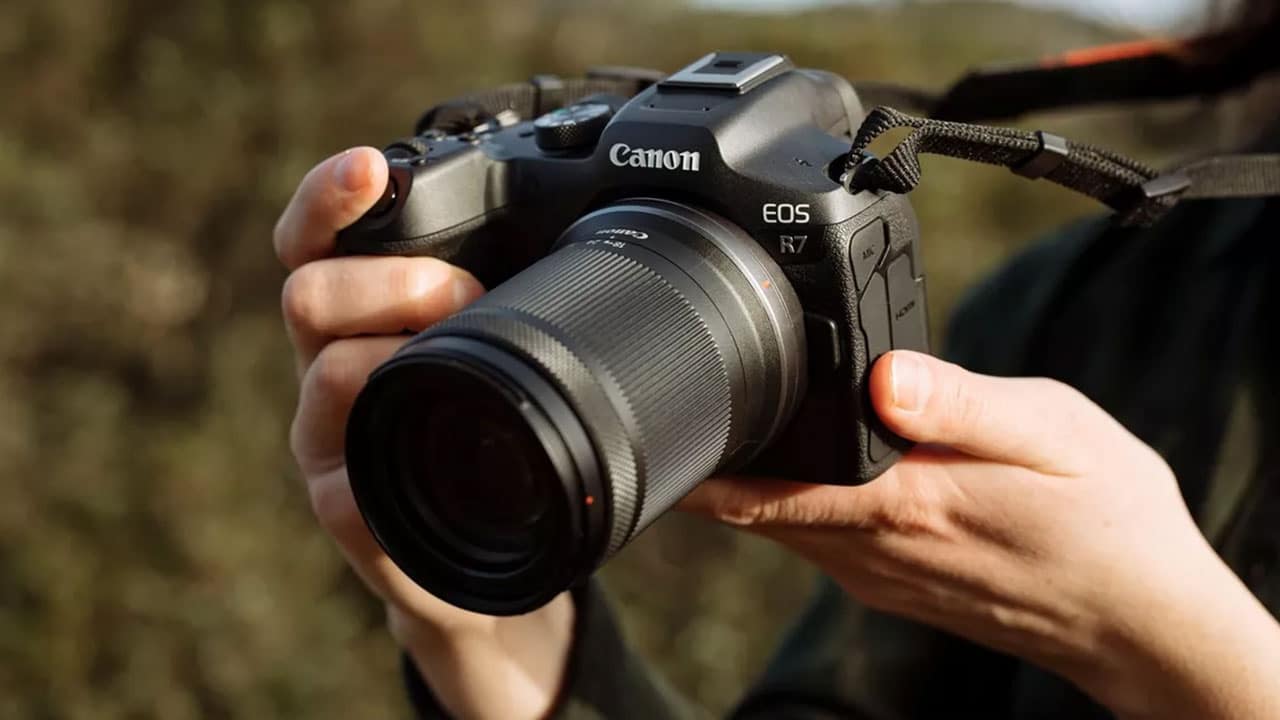









Leave a Reply
View Comments